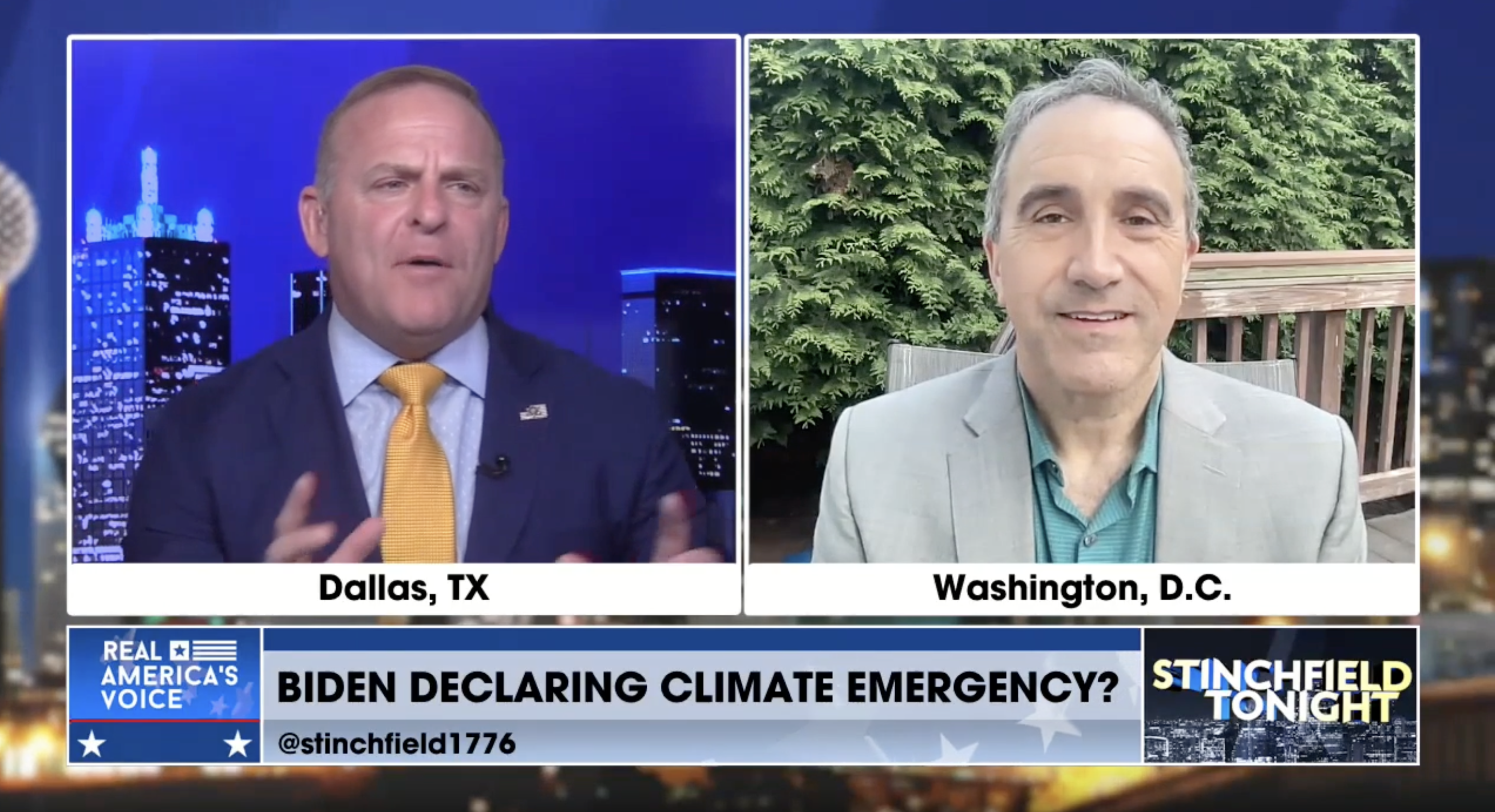Soon on climate models:
“The one problem with a computer climate model is that even if we seemed to have gotten some agreements from the model with observations, we can be 100 percent sure that we have gotten the right result for the wrong reason,” Soon said. “The explanation is very simple: a computer climate model is a totally inadequate attempt to represent the real world weather and climate system that are beyond our current ability to model.”
Soon told the MacIver Institute that one example was a computer modeling of temperatures in China during the so-called mid-Holocene climate optimum period of about 6,000 years ago. The models predicted that winter temperatures were cooler at that time, but in reality, temperatures were four to eight degrees Celsius warmer than they are today.


